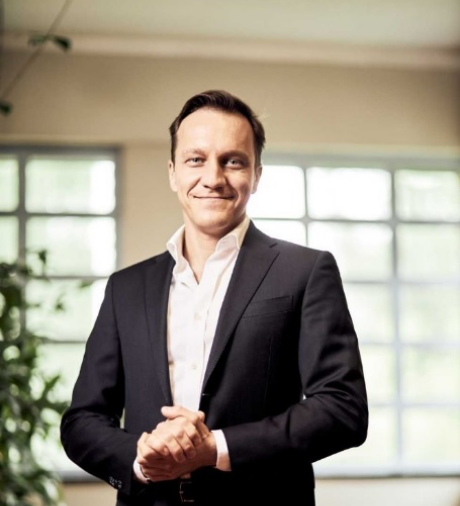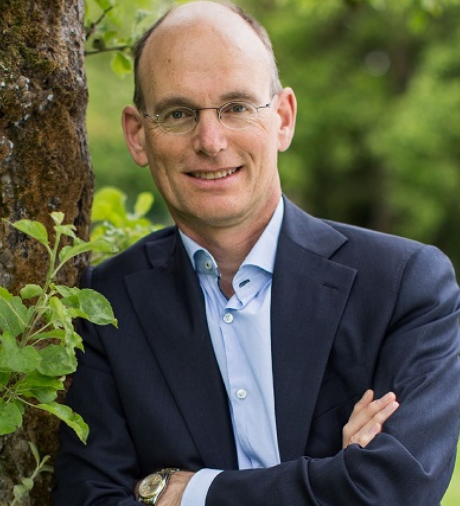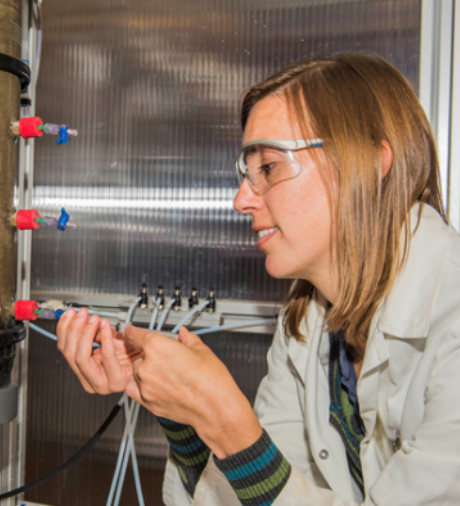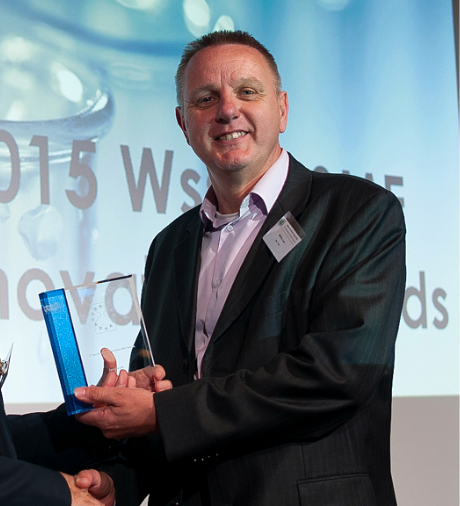Officially water technology is not a science field yet – except in the Netherlands. Rightly so, because global warming will increasingly cause rising seas, draughts and water shortages. So the main question at the NSP17 Water Webinar, organized on November 18 by TU Delft with support of ISPT, was: what strategies are there to ensure that every human on the planet has access to fresh drinking water?
Cees Buisman, professor at the Wageningen University and Executive Board Member at Wetsus – the European Centre of Excellence for Sustainable Water – considers four areas important: Sustainable Water, Healthy Environment, Recovered Resources and Draught Resilience. ‘Water technology has many disciplines,’ he explains, ‘connected to many different industries, therefore we call it an enabling technology.’ It’s certainly a broad field of interest: Wetsus has fifty projects on water technology.
Moderator

John Harinck
ISPT
Keynote

Cees Buisman
Wetsus/ Wageningen University & Research
Water safety
Sustainable Water concentrates on the development of natural, chemical-free treatment technologies, ‘for drinking water, waste water, cooling water.’ He warns that chemicals bring their own problems.
Fortunately the Netherlands is world champion in the production of chlorine-free water. One technology Wetsus is working on is biological activated carbon filters: a technology that exists for thirteen years and provides oil companies with clean water. ‘But it is also expensive, so we are looking at how we can optimize it, to make it more widely available.’ Other examples are the use of green polymers in the dredging industry, ‘to replace fossil-based flocculants’, and the production of chemical-free membranes.
Healthy Environment focuses on modern sensors and self-learning data programs for real-time monitoring and performance prediction. ‘One example is our technology for ultrasound waves, that predict breaks in pipes for drinking water networks and sewage systems.’ Another technology uses light: fibre-optic-based sensors that enable control of the ground water flow, ‘which is impossible now, but very important considering the pollutants in the ground.’ There is also the new technology genomics that translates bacterial responses through data integration into virtual sensors, by using artificial intelligence. ‘That allows us to determine water safety.’

“Can we create the same effect as the forests but with technology?”
Cees Buisman
Recovery
The area of Recovered Resources is all about circularity. ‘We have a whole field of polymer recoveries,’ says Buisman. ‘The most well-known is PHA. It was just announced that first plant for this will be build in the Netherlands, so for the first time we will produce enough PHA material from waste.’
Another resource is ammonium recovered from water. For this they developed a ‘fast, almost energy-neutral system that can be upscaled.’ Even iron phosphate can be recovered from sewer sludge, ‘up to 90 percent,’ by using industrial magnets.
It’s a dazzling overview, and Buisman still has Draught Resilience in store. He starts by showing how much of the world has dried out, followed by the Loess plateau in China. The plateau with the size of France was restored and now catches rainwater and prevents the soil from flowing away. ‘It works here because there is enough rain, but not in the Sinai desert, where the air is too dry since the forests are gone. Can we create the same effect as the forests but with technology? Develop a new evaporation system, a grid that produces the same amount of water? It’s a new and promising technology.’ Buisman concludes with the recovery of organic matter to the land, ‘one thing we have to do in the Netherlands is the export of our manure. We are working on separating phosphates and nitrates from the manure, so the manure can stay here and the nutrients can go to an area where they are needed.’
Panel

Nora Sutton
Wageningen
University & Research

Coos Wessels
Cellvation BV

Onno Kramer
Waternet/ TU Delft
Priorities
Buisman joins Onno Kramer (TU Delft/Waternet), Coos Wessels (Cellvation BV) and Nora Sutton (Wageningen University and Research) for the panel discussion. They are faced with though propositions. Such as what the main priority for water management should be. Kramer thinks there are many priorities, but even in the Netherlands water shortage is a looming threat. He settles on water for drinking and sanitation. Wessels agrees that those are primary needs. ISPT’s John Harinck recounts what it would do to London if it went without water for one day. ‘Devastating.’ Attendee Peter Daudy believes the free market should solve the priority dilemma. Others in the audience disagree, supported by Sutton, who is California-born and argues that her native state is proof that raising the price only influences human behaviour to a certain point. She emphasizes the importance of water management for the environment, to retain biodiversity.
The discrepancy between rich and poor, big and small users is a recurring theme. The Netherlands is rich in sustainable water, says Buisman. He considers parties that evaporate fossil groundwater a threat for the total water shortage. He thinks we shouldn’t import products made with unsustainable water, ‘like cotton.’
Sutton wonders how we can link different water cycles in separate industries. She believes it is possible, although it will require a significant overhaul in the organization of our water management system, meaning cascading and upgrading. Kramer agrees that closing the loops and a circular economy instead of a linear economy, ‘not only on a local level, but also globally,’ are crucial.
Increasing awareness
Another prerequisite is reducing micropollutants. Kramer and Sutton agree: we should use degradable alternatives, although Sutton thinks we also need new treatments for extraction. There are so many micropollutants that one approach would not suffice. The starting point is prevention. ‘Everyone should think about prevention, shampoo, cleaning liquids, where does your food come from,’ Sutton summarizes. ‘So public awareness,’ Harinck concludes. Wessels thinks that we should look at the source, and optimize current water treatments.
The closing argument is made by Kramer, resulting in a plea for investing in new generations. ‘This means that we have to change the curriculum at universities, and increase awareness among young students.’ But of course they should not be the sole bearer of the responsibility. New legislation is essential, ‘especially a ban on pesticides,’ states Buisman.
The final part of the webinar is the networking session, containing a presentation on water and bubbles by David Fernández Rivas. It’s promising research that fits Kramer’s plea remarkably well.